Plan
For my second photoshoot i want to visit green island and document the landscape as well as the area surrounding the island. I plan to gather objects i find there such as different types and colours of rocks or anything i find that would be interesting to photograph. I will then photograph these formally in a studio with artificial light to contrast with the landscape imagery.
I selected my favourite images from the photos I took and displayed them below. I flagged my top 5 images and display them below.

Landscape Imagery:



The images displayed above are my top 3 landscape photos of the area surrounding green island. To improve on my next shoot I will focus on the island itself, documenting what i find there. I chose the first image as i like the composition and the use of rule of thirds within it. The bright blue sky contrasts dramatically from the rock and sand, which emphasises them and the rocks shape. I chose the second image as I like how the dark rocks stand out against the pale sea, making there shape emphasised. I also like how you can see the waves on the sea creating texture in the image. I chose the third image as I like the repetition of the horizontal lines that the waves make. This creates sections and layers within the image, separating the different colours and tones.
To experiment with some of the images I took in my second photo shoot I tried to interpret the photographer Chrystel Lebas in her photo book ‘Field Studies’ where she collected objects and photographed then formally and displayed edited version next to it in the same page. To interpret this I inverted the images and adjusted the colour of the objects to create different images that juxtapose each other.
Example of photographs from her book:
 “Drawing from Salisbury’s approach to documenting species by uprooting them and placing them directly onto paper or a sheet of fabric to photograph them, I placed each plant directly onto colour photographic paper in the darkroom under the enlarger light. Progressively changing the cyan, magenta or yellow filtration on the enlarger, each colour changes the way the plant emanates from the paper’s surface.” – Chrystel Lebas
“Drawing from Salisbury’s approach to documenting species by uprooting them and placing them directly onto paper or a sheet of fabric to photograph them, I placed each plant directly onto colour photographic paper in the darkroom under the enlarger light. Progressively changing the cyan, magenta or yellow filtration on the enlarger, each colour changes the way the plant emanates from the paper’s surface.” – Chrystel Lebas
Own interpretations:



I think I successfully interpreted some of the work in Chrystel Lebas’ photobook by editing my original images to match her style. I inverted my images which I found made the patterns on the stones i collected more noticeable and detailed. This turned the white background that I photographed the objects on turn black which i think makes an overall image more powerful and emphasises the objects much more than it did originally. When I inverted the image it turned the objects blue which I then adjusted the hue of to make different variations of the same image in the way that Chrystel Lebas does. I then displayed the images above together as I think they work better shown like this than they do shown apart as they juxtapose from one another and reflect the work in ‘Field Studies’ more.


I like these images as the details on the objects are emphasised through the image being inverted, making the objects stand out more against the black background. The edits make the images look more scientific reflecting the style of some of the earlier botanical photobooks that used photographic printing. This is through the image being inverted making it look as if its been printed using light and through how the objects are almost block colours. I edited different variations of this image by adjusting the hue and colour balance and displayed them above


Conclusion:
I want to develop the way I photograph objects formally as I continue through my project. I will experiment by using different types of objects I find when at La Motte e.g plants and edit them similarly to show a variety of images in my project. I will also incorporate writing into the images underneath objects which is what Chrystel Lebas does in some of her images to make the images look more scientific. Also, i will try to use different textures e.g sand within the images to see how the inverted edit affects how the objects is shown and to emphasise the patterns in more detail.

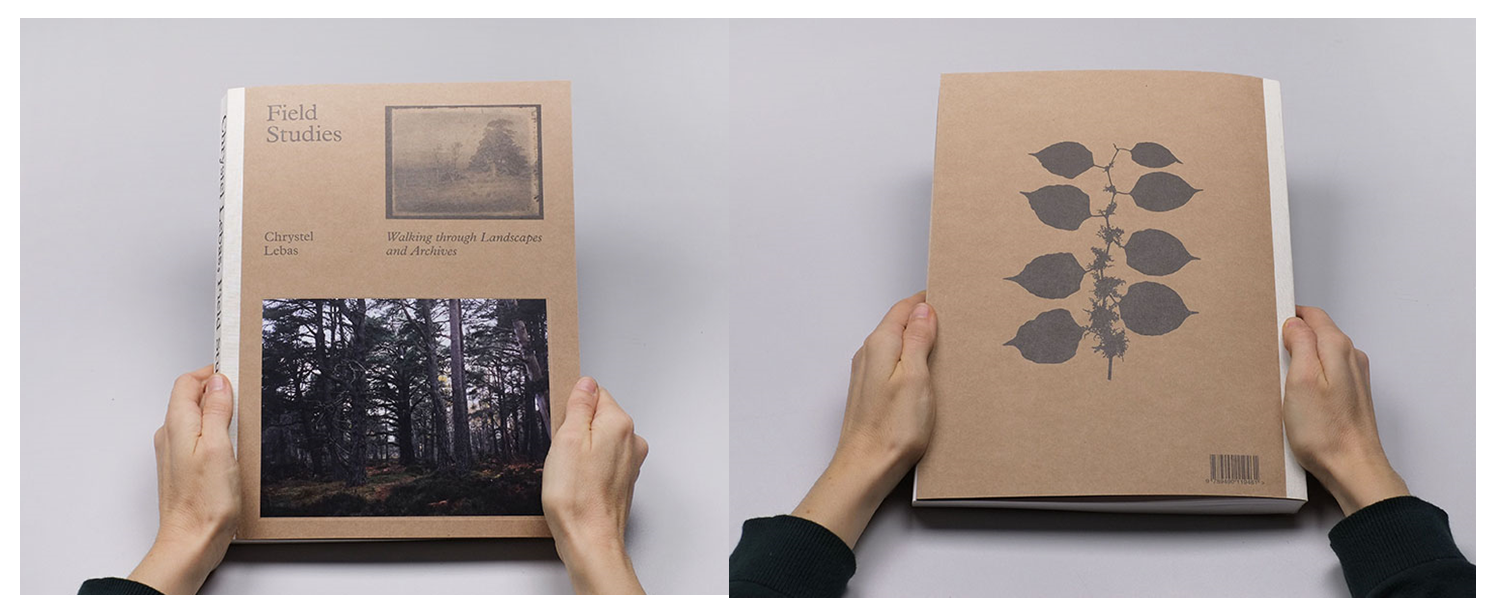
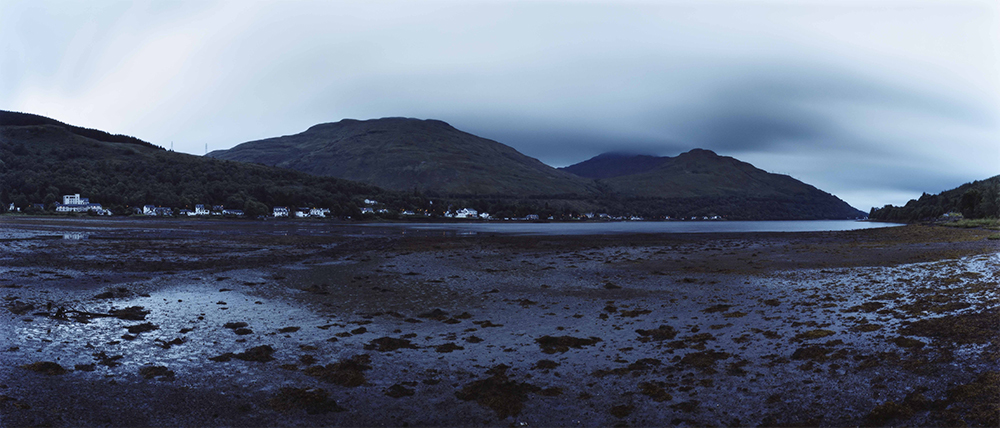
 Lebas’s beautifully printed, richly hued photographs are presented alongside Salisbury’s small black and white glass plate images. On her walks, Lebas was often accompanied by a contemporary botanical expert, which, she writes, enabled her to realise that “my remit was very different from Salisbury’s. He was a scientist disguised as a photographer. Was I becoming a photographer disguised as a scientist?” She uses a panoramic camera and often shoots at dusk when the light quality in these still, quiet places can be almost otherworldly.
Lebas’s beautifully printed, richly hued photographs are presented alongside Salisbury’s small black and white glass plate images. On her walks, Lebas was often accompanied by a contemporary botanical expert, which, she writes, enabled her to realise that “my remit was very different from Salisbury’s. He was a scientist disguised as a photographer. Was I becoming a photographer disguised as a scientist?” She uses a panoramic camera and often shoots at dusk when the light quality in these still, quiet places can be almost otherworldly.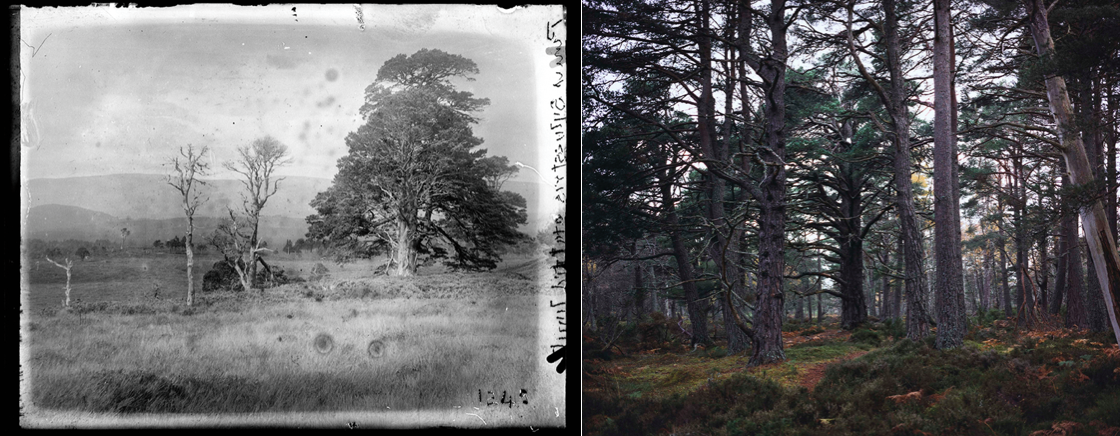
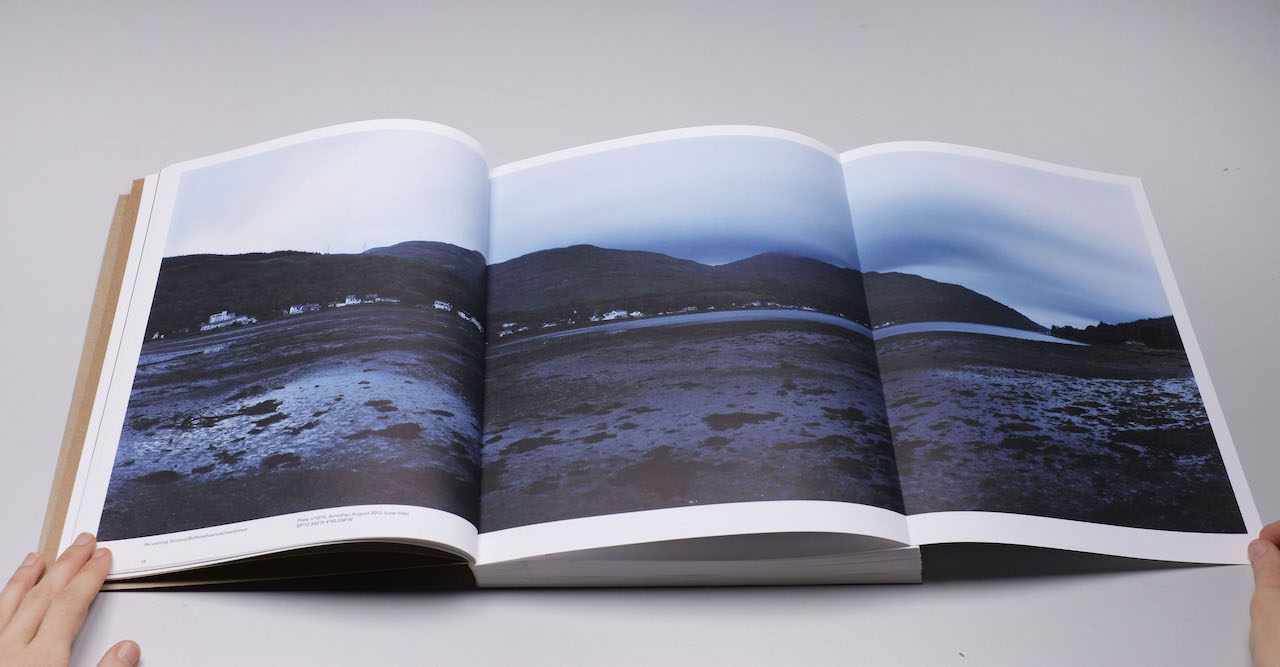
 “Drawing from Salisbury’s approach to documenting species by uprooting them and placing them directly onto paper or a sheet of fabric to photograph them, I placed each plant directly onto colour photographic paper in the darkroom under the enlarger light. Progressively changing the cyan, magenta or yellow filtration on the enlarger, each colour changes the way the plant emanates from the paper’s surface.
“Drawing from Salisbury’s approach to documenting species by uprooting them and placing them directly onto paper or a sheet of fabric to photograph them, I placed each plant directly onto colour photographic paper in the darkroom under the enlarger light. Progressively changing the cyan, magenta or yellow filtration on the enlarger, each colour changes the way the plant emanates from the paper’s surface.
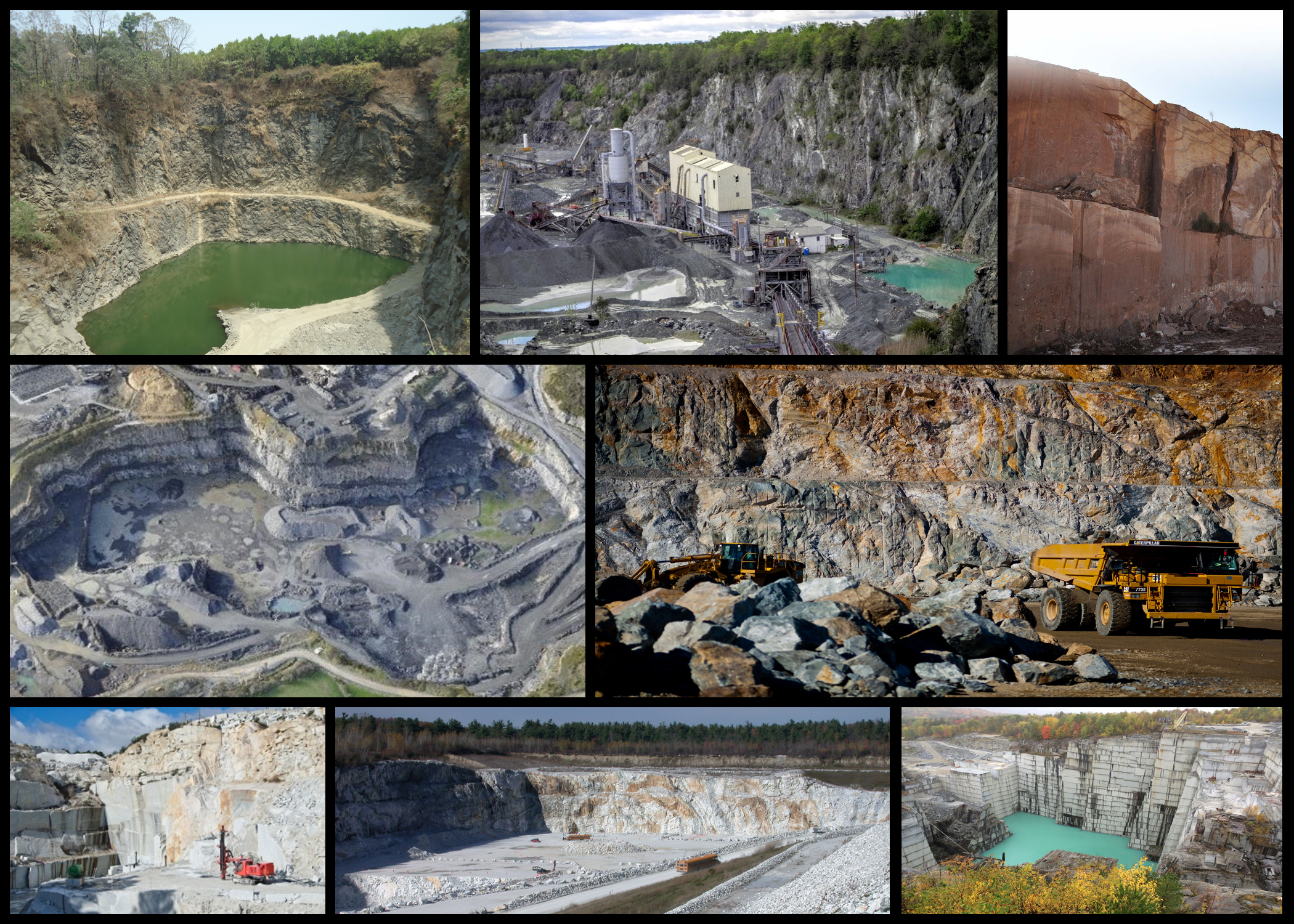 Once complete I decided to produce a mind-map reflected what I intended to photography when on the shoot. By doing this it would limit the amount of time wasted, as I would approach each site with a clear vision in my head of what I wanted. Here are my ideas seen below:
Once complete I decided to produce a mind-map reflected what I intended to photography when on the shoot. By doing this it would limit the amount of time wasted, as I would approach each site with a clear vision in my head of what I wanted. Here are my ideas seen below:



 After I finished with the shoot I whittled the images town to my favourite ten. By doing this it would allow me to more easily identify which photo was most effective, whilst giving me a broader insight into the layout and style of photography I would be choosing out of. Here are my top ten choices for photos from the shoot:
After I finished with the shoot I whittled the images town to my favourite ten. By doing this it would allow me to more easily identify which photo was most effective, whilst giving me a broader insight into the layout and style of photography I would be choosing out of. Here are my top ten choices for photos from the shoot:

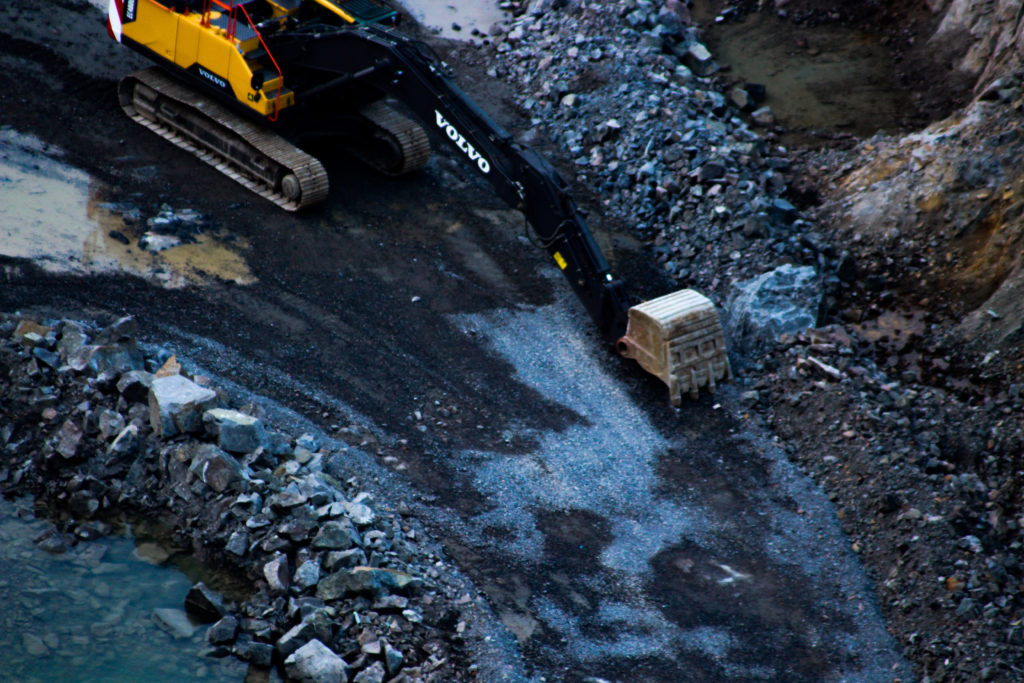
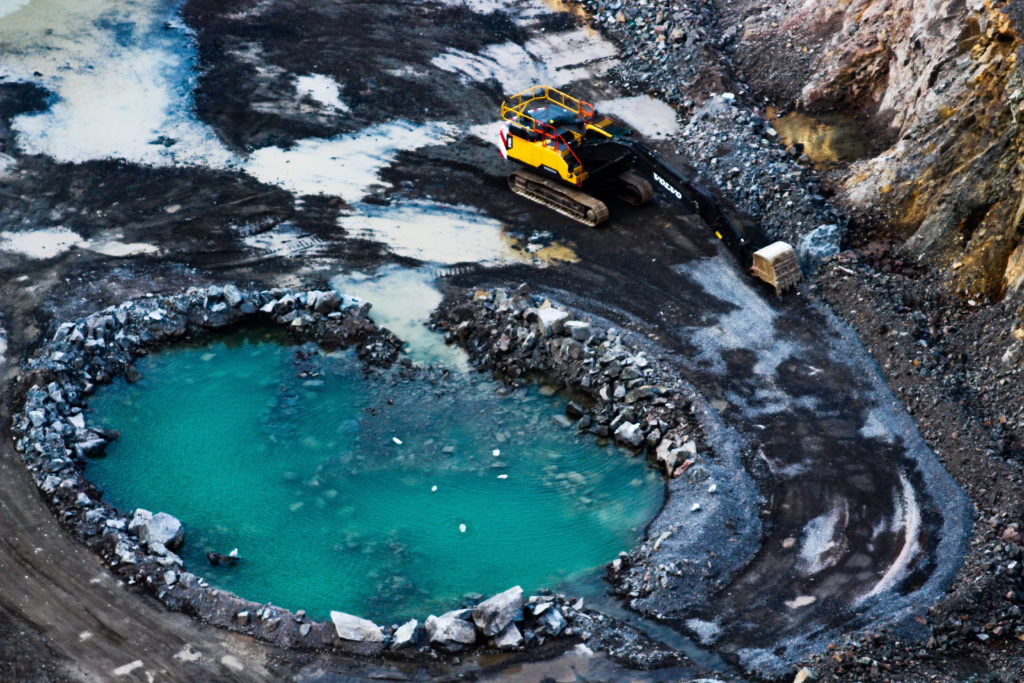

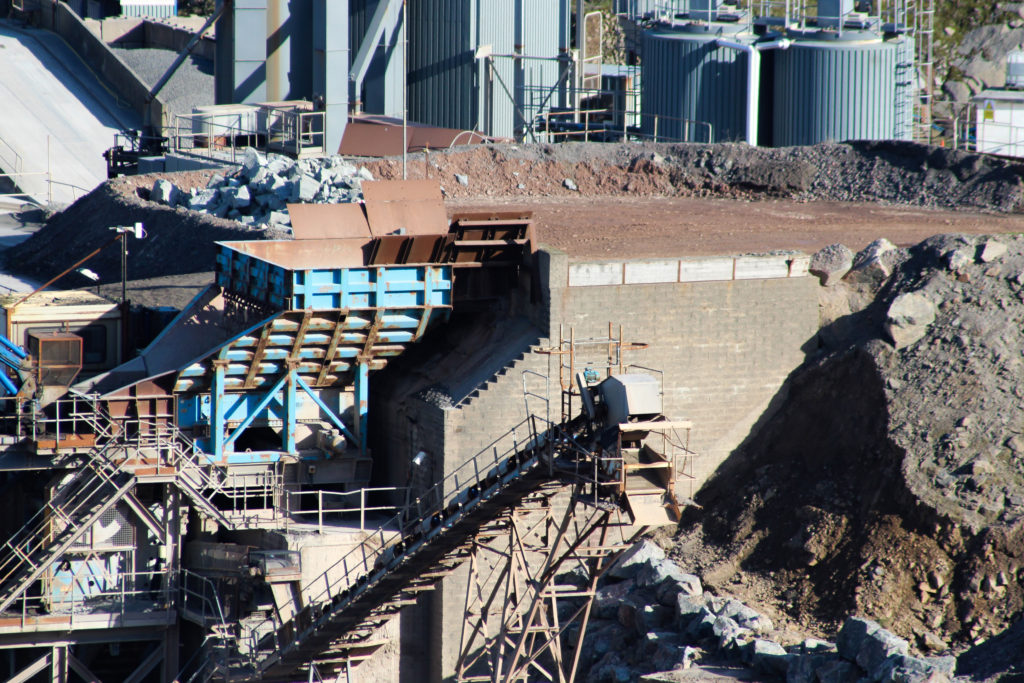
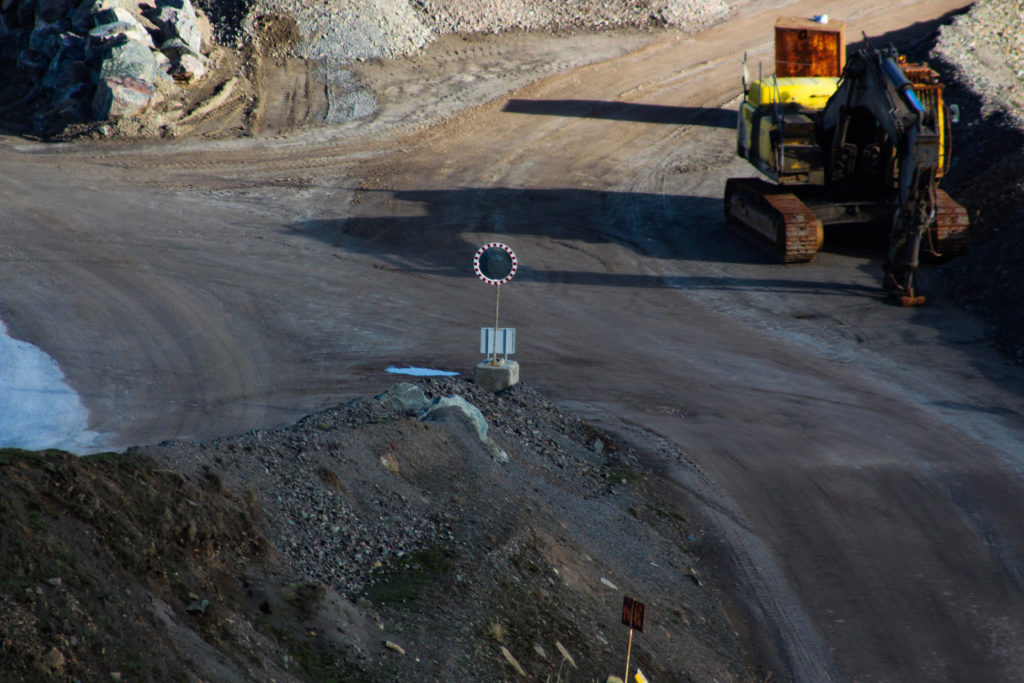
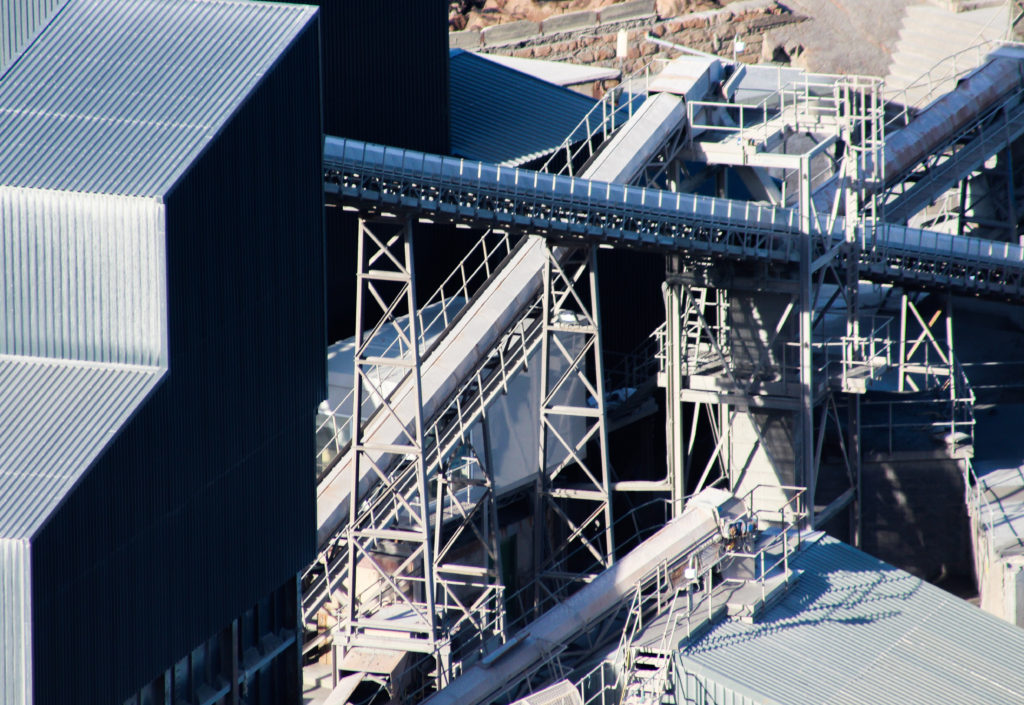
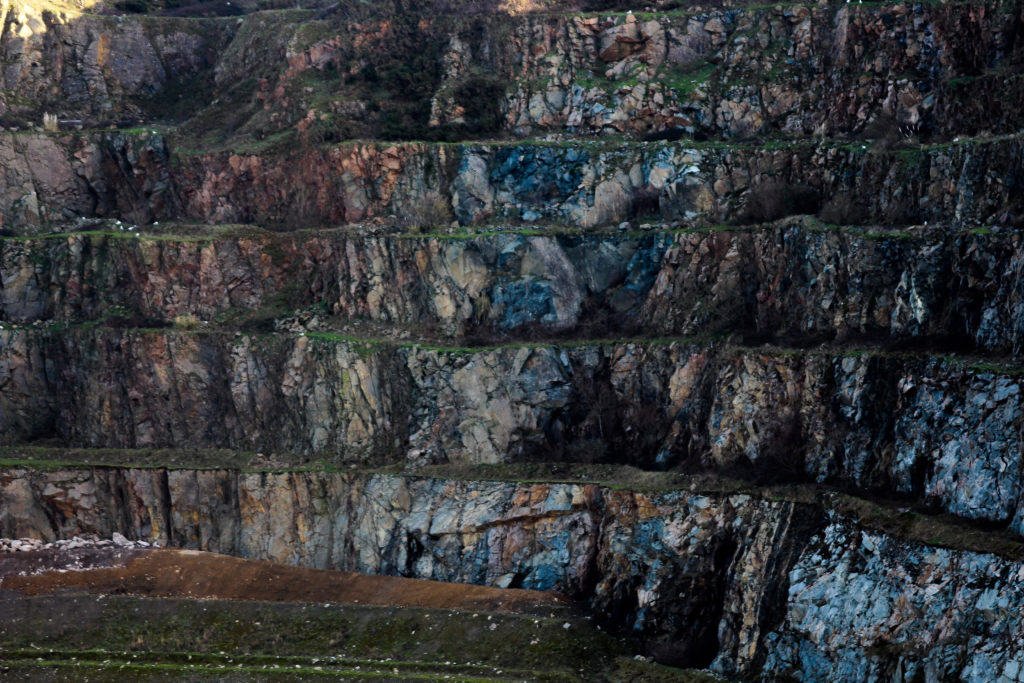
 Once I had chosen my favourite images of the shoot I then proceeded to cut it down again into only five. By doing this it would enable me to analyse each image in more detail, revealing why the image was chosen and what made it so effective for me to choose it. Here are my decisions on the best five images:
Once I had chosen my favourite images of the shoot I then proceeded to cut it down again into only five. By doing this it would enable me to analyse each image in more detail, revealing why the image was chosen and what made it so effective for me to choose it. Here are my decisions on the best five images: I selected this image because I found it was a perfect representation of what I wanted to achieve in the shoot. By photographing the scarred landscape left behind from quarrying I had hoped to bring awareness towards the scale that it was happening in. I thought this was done quite aesthetically, as blues and white shone through the dull rocks, not seen until I increased the contrast, whilst the stair like formation provided the photo with a much-needed variation. I really liked how the ledges broke up the cliff from becoming a continual slope, instead providing depth in the image and allowing for greens and blacks to create contrast.
I selected this image because I found it was a perfect representation of what I wanted to achieve in the shoot. By photographing the scarred landscape left behind from quarrying I had hoped to bring awareness towards the scale that it was happening in. I thought this was done quite aesthetically, as blues and white shone through the dull rocks, not seen until I increased the contrast, whilst the stair like formation provided the photo with a much-needed variation. I really liked how the ledges broke up the cliff from becoming a continual slope, instead providing depth in the image and allowing for greens and blacks to create contrast. 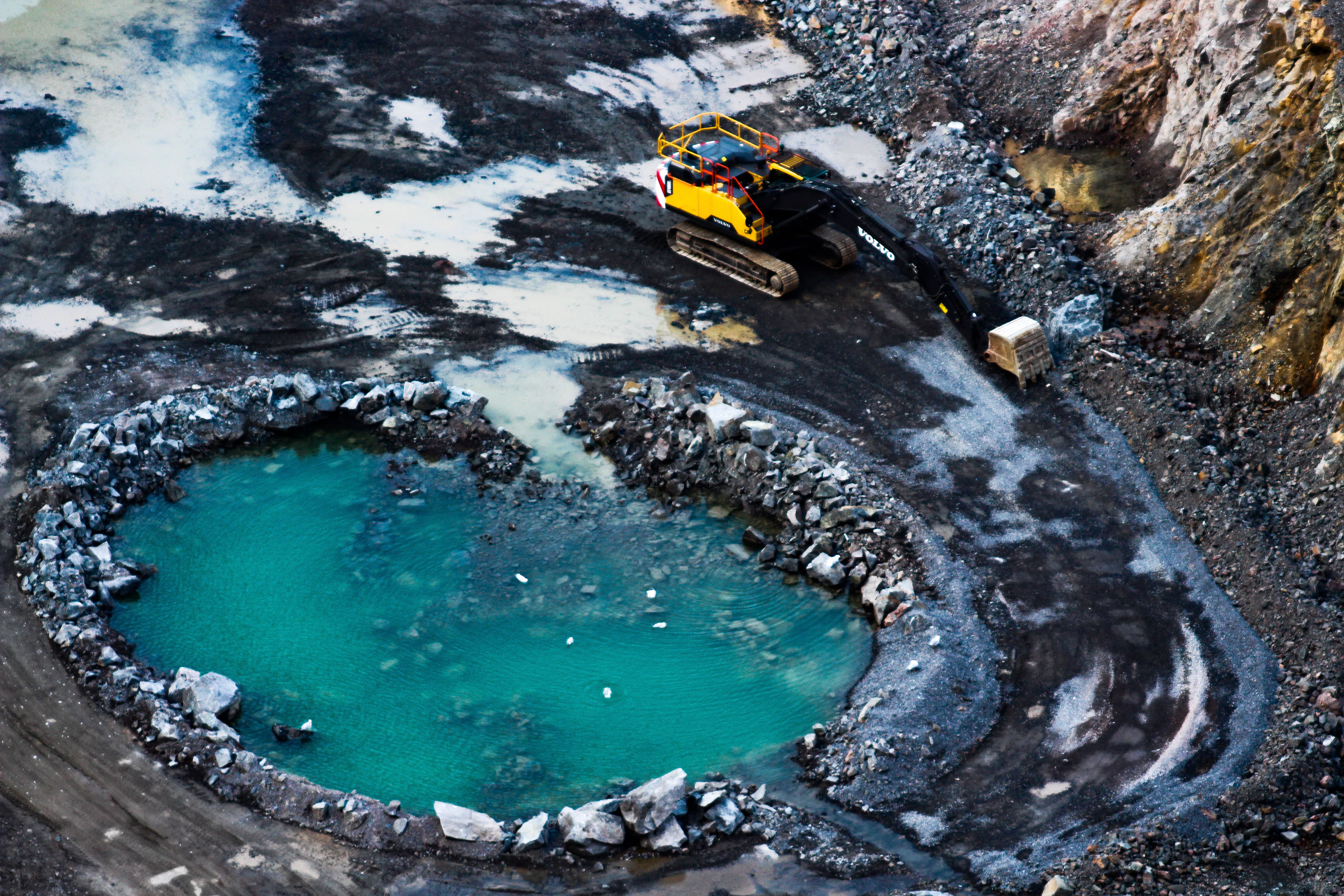 What I really liked about this image was the use of dehaze. By using dehaze on Photoshop it brought out the colours and reflections on the pool, creating a huge amount of contrast and saturation, emphasising the effects as a result. I found the yellow digger to break up the piece, providing an actual size comparison that presented the viewer with an actual scale of the matter. By increasing the saturation of the water I found it created a polluted unnatural effect, where it seems to blue to be rain or sea water, resulting in an aesthetic pool that contrasts against the rest of the landscape.
What I really liked about this image was the use of dehaze. By using dehaze on Photoshop it brought out the colours and reflections on the pool, creating a huge amount of contrast and saturation, emphasising the effects as a result. I found the yellow digger to break up the piece, providing an actual size comparison that presented the viewer with an actual scale of the matter. By increasing the saturation of the water I found it created a polluted unnatural effect, where it seems to blue to be rain or sea water, resulting in an aesthetic pool that contrasts against the rest of the landscape.  The reason I chose this image was because of the contrast created by one red container. I found that by providing a red container against a predominately black and white landscape it would add depth and break up the image from becoming too generic and unchanging. What I also found effective was the use of shadow composition that add once again more depth to the piece, stopping the more present shades like grey and white from taking over the entire image, with the intricate machinery adding much-needed differentiation into it.
The reason I chose this image was because of the contrast created by one red container. I found that by providing a red container against a predominately black and white landscape it would add depth and break up the image from becoming too generic and unchanging. What I also found effective was the use of shadow composition that add once again more depth to the piece, stopping the more present shades like grey and white from taking over the entire image, with the intricate machinery adding much-needed differentiation into it. 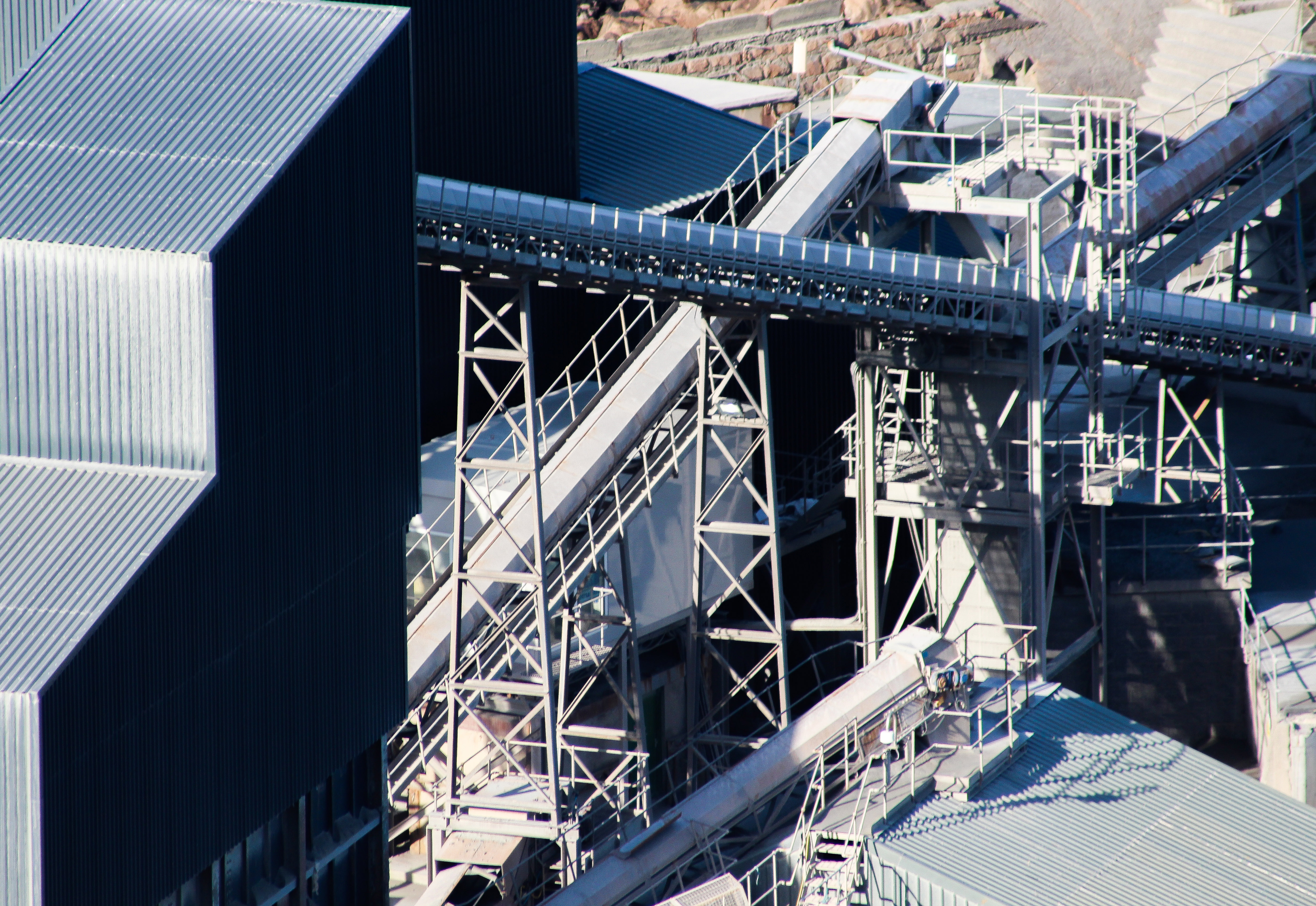 I chose this image because of its representation of the landscape within the quarry. The maze of machinery present here provides the viewer with what can be found inside the development of quarries, making a silver palace contrasted against the dull browns and white seen in the surrounding rock formations. I really liked the composition of this image especially the building on the left which covers the majority of the photo, adding an aesthetic appeal whilst breaking up the assortment of random tubes and cables. This to me was really well accompanied by blacks seen behind certain structures bringing out walkways and stairs not previous seen from that distance.
I chose this image because of its representation of the landscape within the quarry. The maze of machinery present here provides the viewer with what can be found inside the development of quarries, making a silver palace contrasted against the dull browns and white seen in the surrounding rock formations. I really liked the composition of this image especially the building on the left which covers the majority of the photo, adding an aesthetic appeal whilst breaking up the assortment of random tubes and cables. This to me was really well accompanied by blacks seen behind certain structures bringing out walkways and stairs not previous seen from that distance.  Finally I selected this image because it provided an overview to the bottom of the landscape quarrying for granite. I really liked the contrasting colours between the two pools, one being brown and the other blue which I found really reflected the pollution to the landscape caused. I found that the occasional digger present broke up the piece through a flash of red and yellow which went against the natural colours of browns and blacks. What I thought was most effective was the use of dehaze which brought out the shades of soil creating a more surreal landscape as a result, emphasising otherwise invisible aspects of the photo.
Finally I selected this image because it provided an overview to the bottom of the landscape quarrying for granite. I really liked the contrasting colours between the two pools, one being brown and the other blue which I found really reflected the pollution to the landscape caused. I found that the occasional digger present broke up the piece through a flash of red and yellow which went against the natural colours of browns and blacks. What I thought was most effective was the use of dehaze which brought out the shades of soil creating a more surreal landscape as a result, emphasising otherwise invisible aspects of the photo.











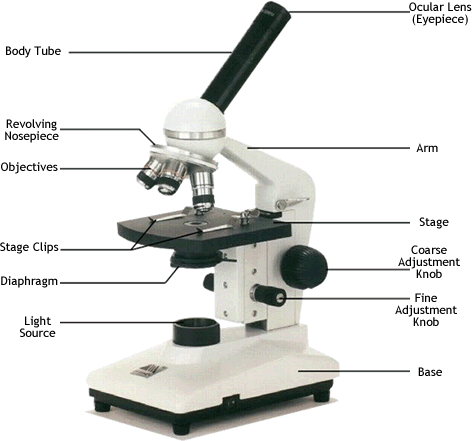
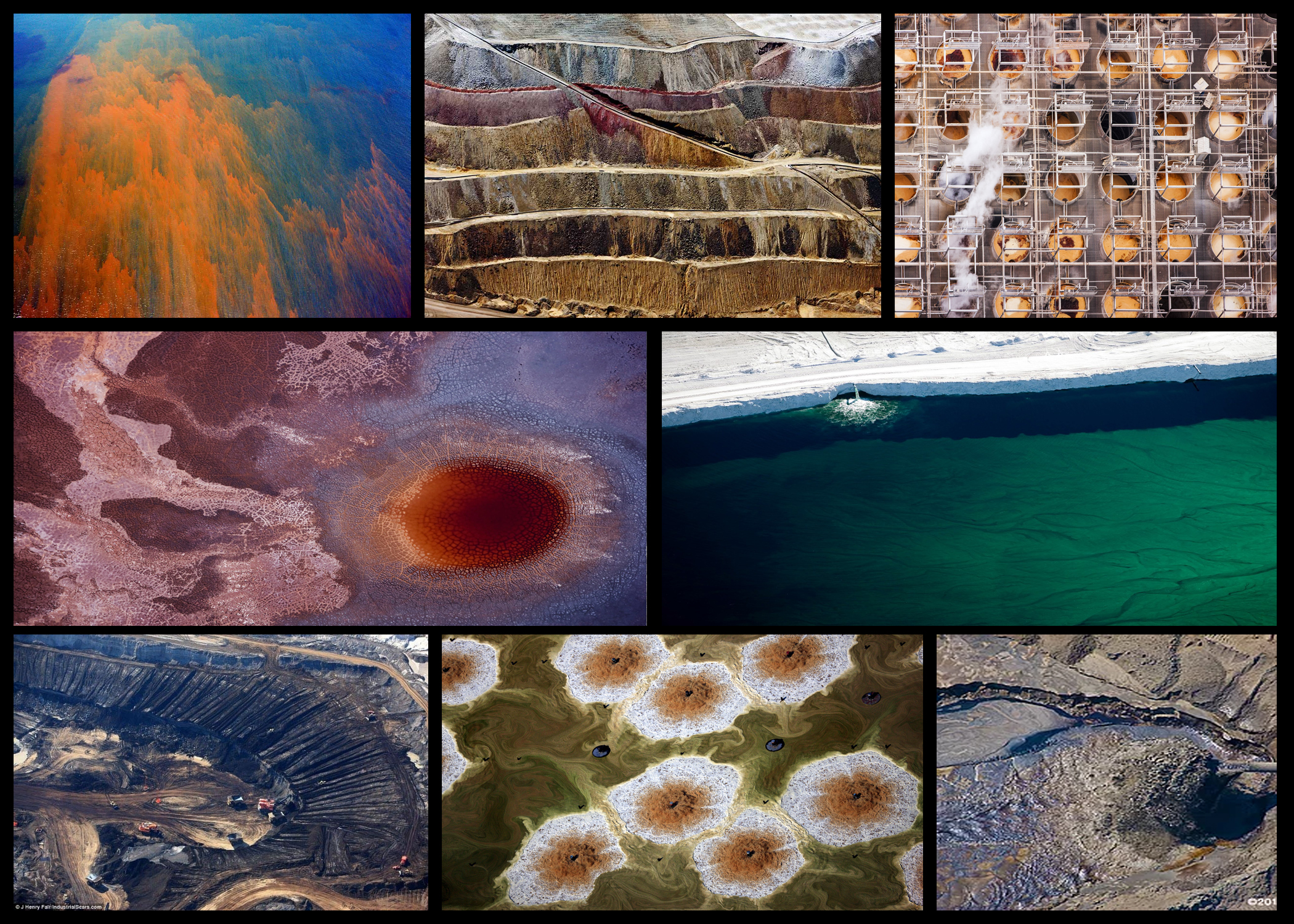
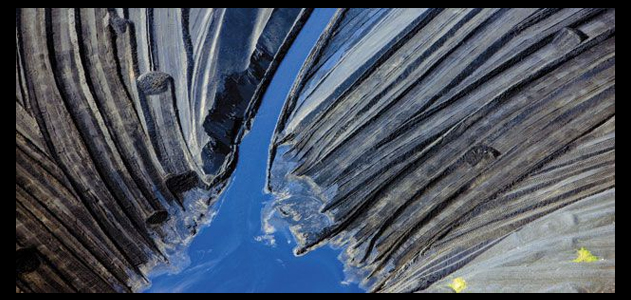
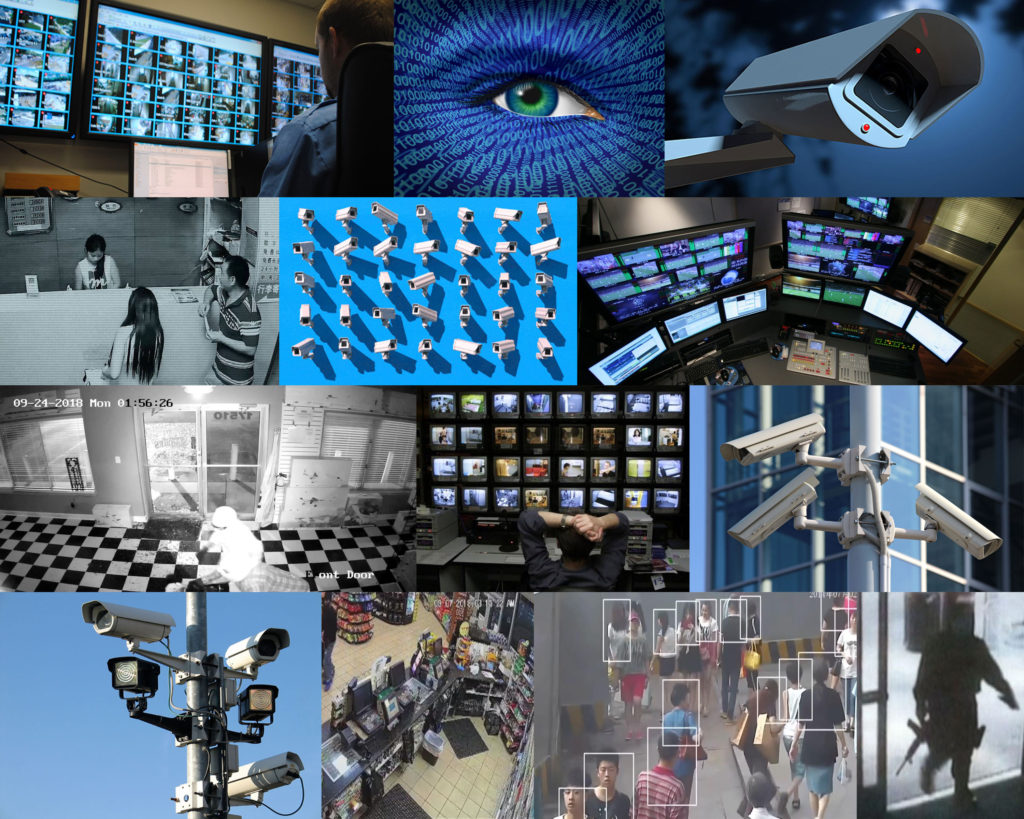
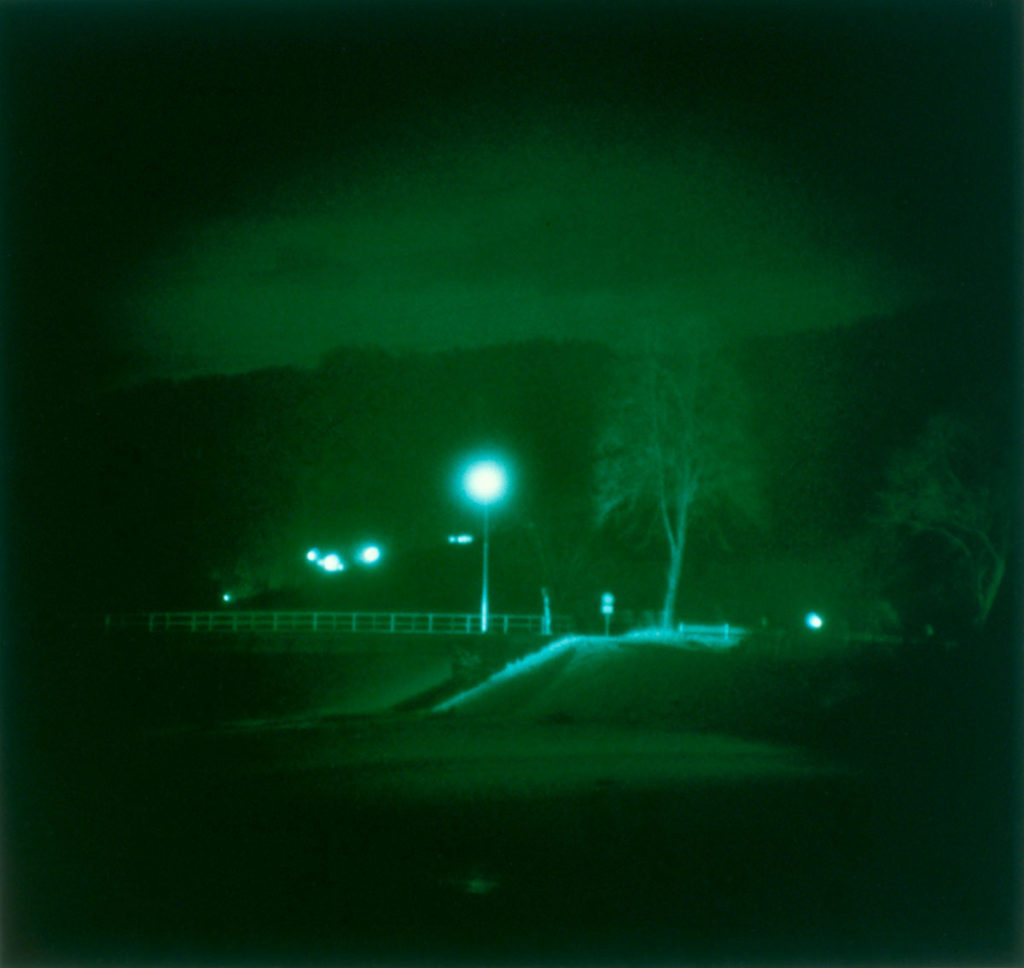

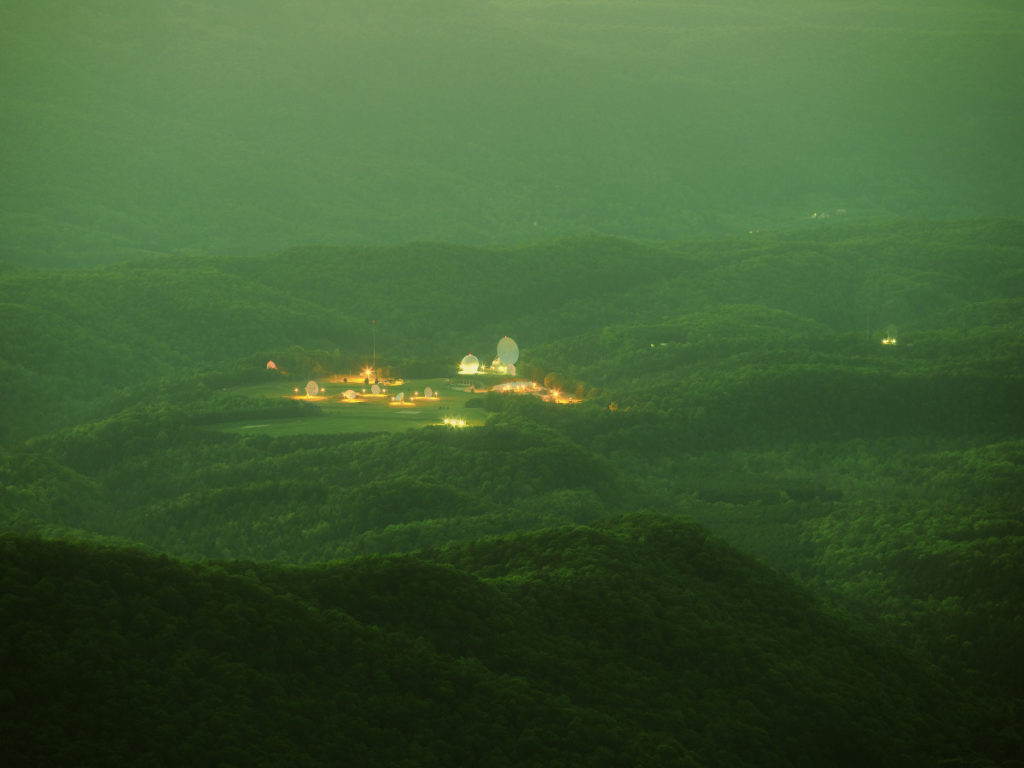

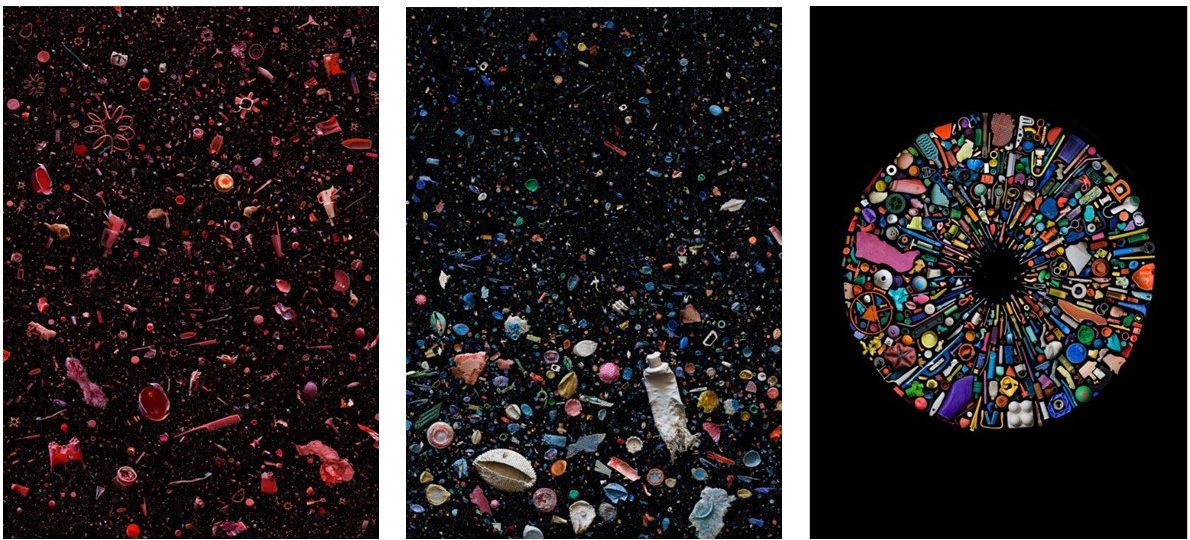
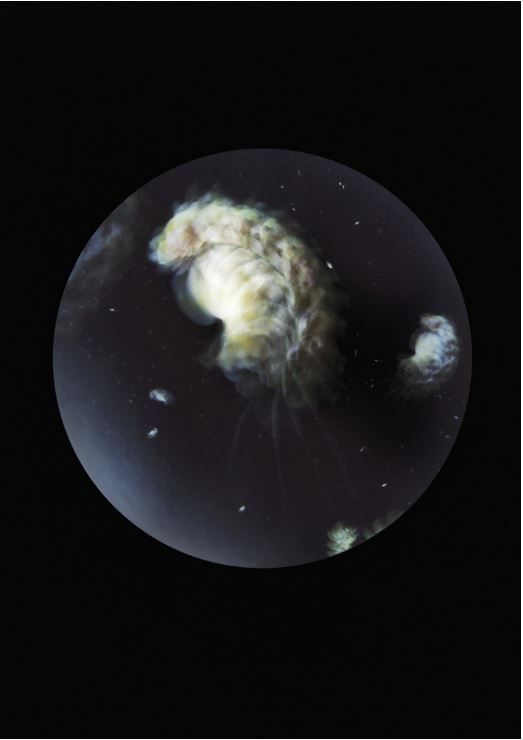


















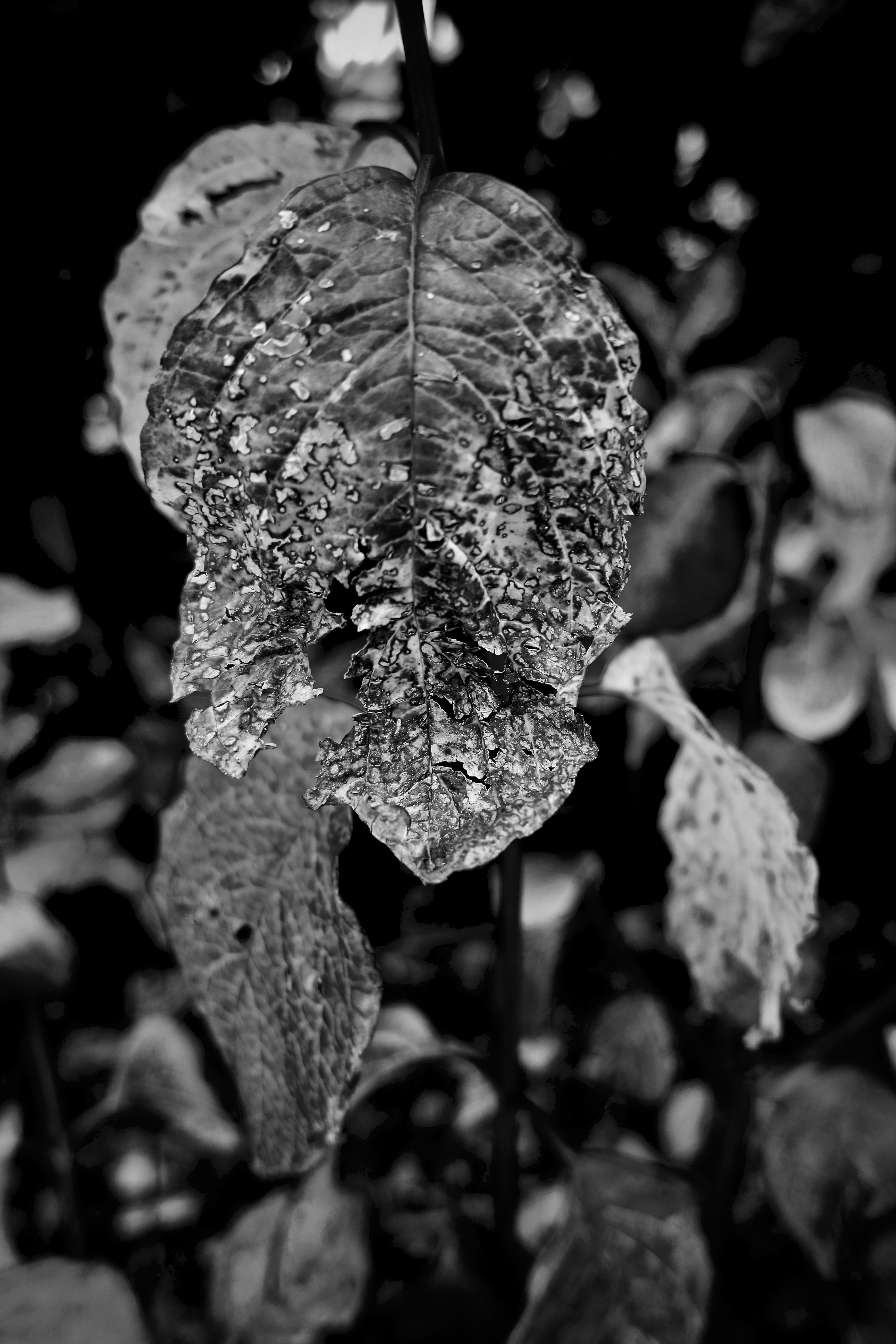













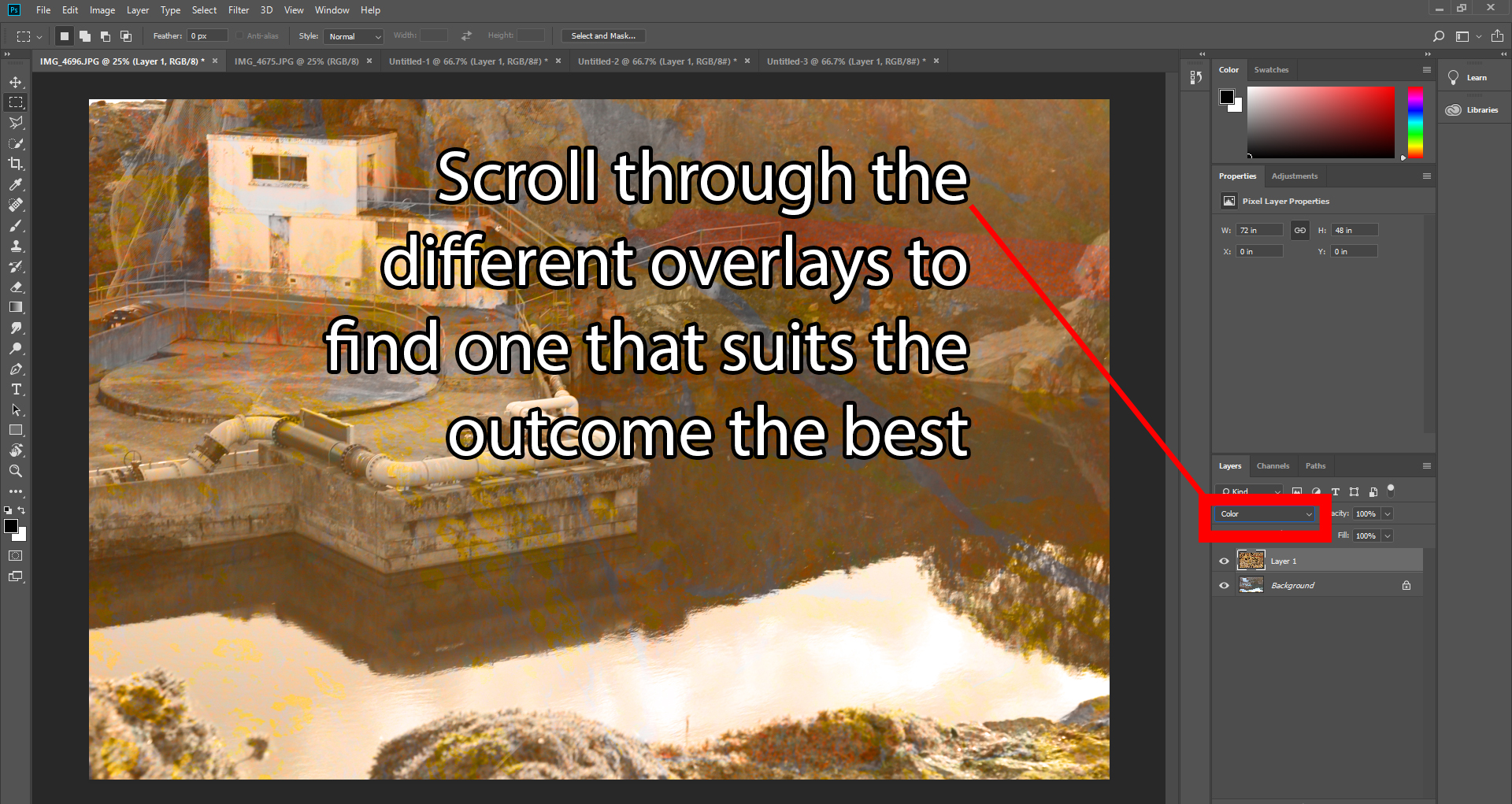 Once I had finished experimenting with a few of my previously taken images I decided to create five that I thought best reflected the overall outcome that I wanted the best. When doing this I wanted to incorporate contrasting environments or similar ones, this way each image would reflect something similar or different, rather having no link whatsoever. Here are some of my final and favorite outcomes from this experimentation:
Once I had finished experimenting with a few of my previously taken images I decided to create five that I thought best reflected the overall outcome that I wanted the best. When doing this I wanted to incorporate contrasting environments or similar ones, this way each image would reflect something similar or different, rather having no link whatsoever. Here are some of my final and favorite outcomes from this experimentation:

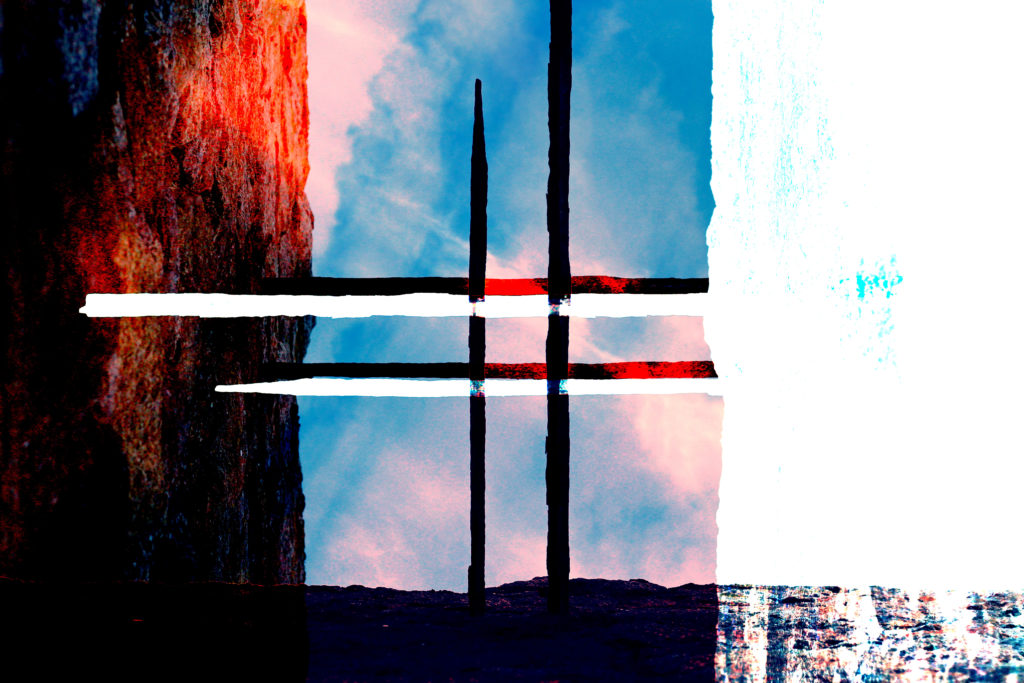

 When looking over my final pieces I found I particularly liked the ones which had a manipulated circle within the center, this was because to me it provided a contrasting perspective into the image, presenting a clearer or more distorted viewpoint. This as a result for me not only looked aesthetic but also produced a meaning behind each photograph.
When looking over my final pieces I found I particularly liked the ones which had a manipulated circle within the center, this was because to me it provided a contrasting perspective into the image, presenting a clearer or more distorted viewpoint. This as a result for me not only looked aesthetic but also produced a meaning behind each photograph.